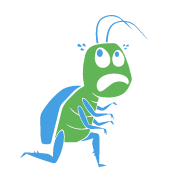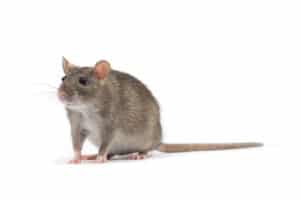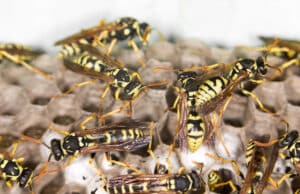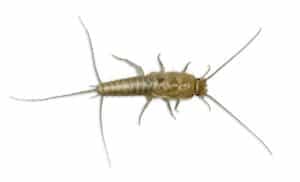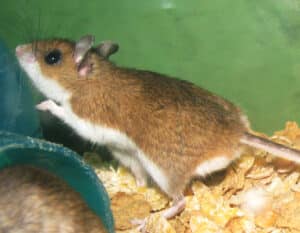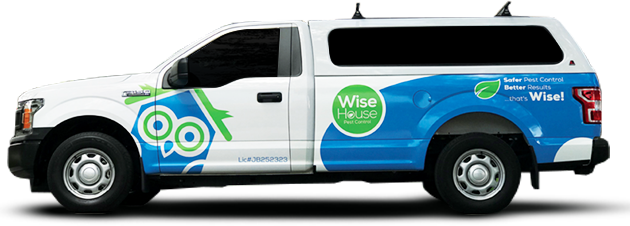Argentine Ant
Linepithema humile
Pest Stats

Color
Light to dark brown

Size
Workers are approximately 2.2–2.6 mm in length

Shape
Slender body with a single-node petiole and long legs

Region
Native to South America; now invasive in many regions worldwide, including parts of the United States, Europe, Australia, and Japan
What is Argentine Ant?
Argentine Ants are an invasive ant species originating from South America. They have successfully established themselves in various regions globally, often outcompeting native ant species and disrupting local ecosystems. Known for forming extensive colonies with multiple queens, they can adapt to diverse environments, making them formidable pests in both urban and agricultural settings.
What Do Argentine Ants Look Like?
Argentine Ants are small, measuring about 2.2–2.6 mm in length. They exhibit a uniform light to dark brown coloration. Their bodies are slender with a single-node petiole connecting the thorax and abdomen. Notably, they lack a stinger but can bite when threatened. Their antennae are segmented, and they have relatively long legs compared to their body size.
Similar Ants
- Odorous House Ant (Tapinoma sessile)
- Crazy Ant (Paratrechina longicornis)
Biology of Argentine Ants
Argentine Ants are highly adaptable and invasive, forming massive interconnected colonies known as supercolonies. Unlike most ants that have rival colonies, Argentine ants from the same supercolony recognize each other, allowing them to cooperate rather than compete, which contributes to their rapid spread. Their colonies contain multiple queens and thousands to millions of workers, making eradication difficult. These ants reproduce through budding, meaning new nests form when a queen and workers leave the main colony, allowing them to expand rapidly across urban and natural environments.
Read More
These ants do not hibernate, making them active foragers throughout the year. If outdoor conditions become unfavorable, such as during heavy rains or drought, they migrate indoors in search of food, water, and shelter. Their ability to relocate quickly helps them survive in changing environments, making them one of the most persistent household pests.
Habits, Behaviors, Threats, and Dangers of Argentine Ants
Argentine Ants are highly aggressive and territorial, often displacing native ant species, which disrupts ecosystems. They form massive cooperative colonies, allowing them to overrun and eliminate rival ant species. This has serious ecological consequences, as native ants play a crucial role in pollination, seed dispersal, and pest control.
Read More
One of the biggest threats of Argentine ants is their tendency to invade homes and businesses, seeking moisture and food. They can quickly infest kitchens, pantries, pet food bowls, and garbage areas, contaminating food sources. While they do not sting, they can bite, though their bites are mild.
A major concern with Argentine ants is their infestation of electrical equipment, similar to crazy ants. They are known to nest in electrical boxes, circuit breakers, and HVAC units, leading to short circuits, malfunctions, and expensive repairs. This behavior poses a serious risk to homes, businesses, and industrial facilities. Due to their ability to spread rapidly, displace native species, and cause structural issues, Argentine ants are one of the most invasive and persistent pests in South Florida.
5 Ways to Prevent Argentine Ants in Your Home

Eliminate Moisture and Wood Decay
Fix leaks, improve ventilation, and remove rotting wood or damp structural elements.

Seal Entry Points
Use caulk, weather stripping, and mesh screens to block small cracks and gaps.

Trim Vegetation
Keep trees, shrubs, and mulch away from the home’s foundation to prevent access.

Reduce Food Sources
Store food in sealed containers, wipe down counters, and clean up spills.

Use Professional Pest Control
Since Argentine Ants can have hidden satellite nests, professional pest control services are the most effective solution for complete elimination.
Need Help Getting Rid of Argentine Ants?
If you suspect an Argentine Ants infestation, contact a licensed pest control expert for inspection and treatment to prevent structural damage and keep your home protected.
Contact Wise House Environmental Services at 561-727-8239 for more information and a free quote on ant control services.
5 Ways To Keep Argentine Ants Out Of Your Home

Store Food Properly
Ants are highly attracted to food inside the home. Keep food stored in airtight containers, clean up crumbs or spills immediately, and regularly empty trash bins with food waste.

Clean Regularly
Ants are resourceful and will find even the smallest bits of food. Regularly sweep, and wipe down countertops, especially in the kitchen and dining areas, to remove potential food sources. Pay attention to corners and crevices.

Reduce Moisture
Fix leaks and eliminate damp areas to remove the moisture that Argentine Ants seek out. Repair dripping faucets, leaky roofs, or poor drainage, and replace any damp or rotting wood.

Seal Cracks and Gaps Indoors
Just as with the exterior, inspect your home’s interior for small cracks or gaps where ants could enter. Seal any visible openings, especially around windows, door frames, baseboards, and along the edges of cabinets.

Don’t Leave Pet Food Out Overnight
If you have pets, avoid leaving their food out overnight. Ants are attracted to pet food, so clean up any leftover food, or place pet dishes in a shallow tray of water to create a barrier.
Our Customers Love Us!
See What They Are Saying


- Michael C.

- John U

- Benjamin N.

- Bob G.

- Aaron C.
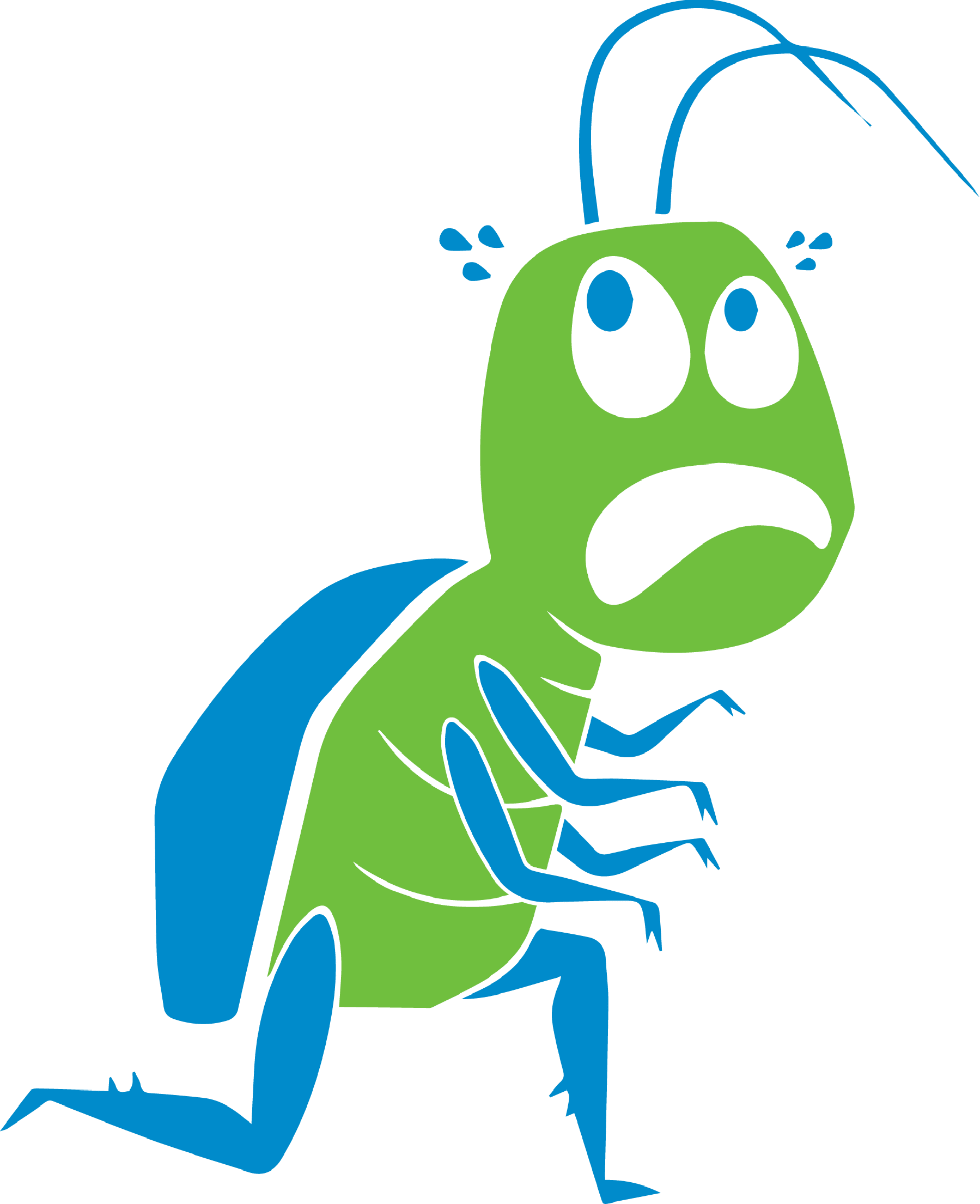
Dedicated To Being The Pest Control Company You Can Rely On
Request a professional estimate!
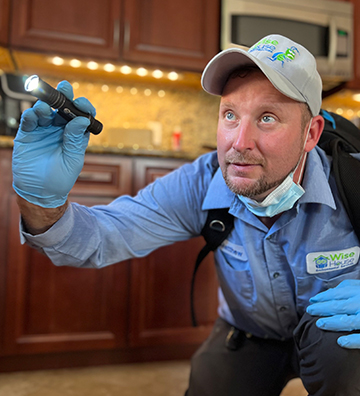
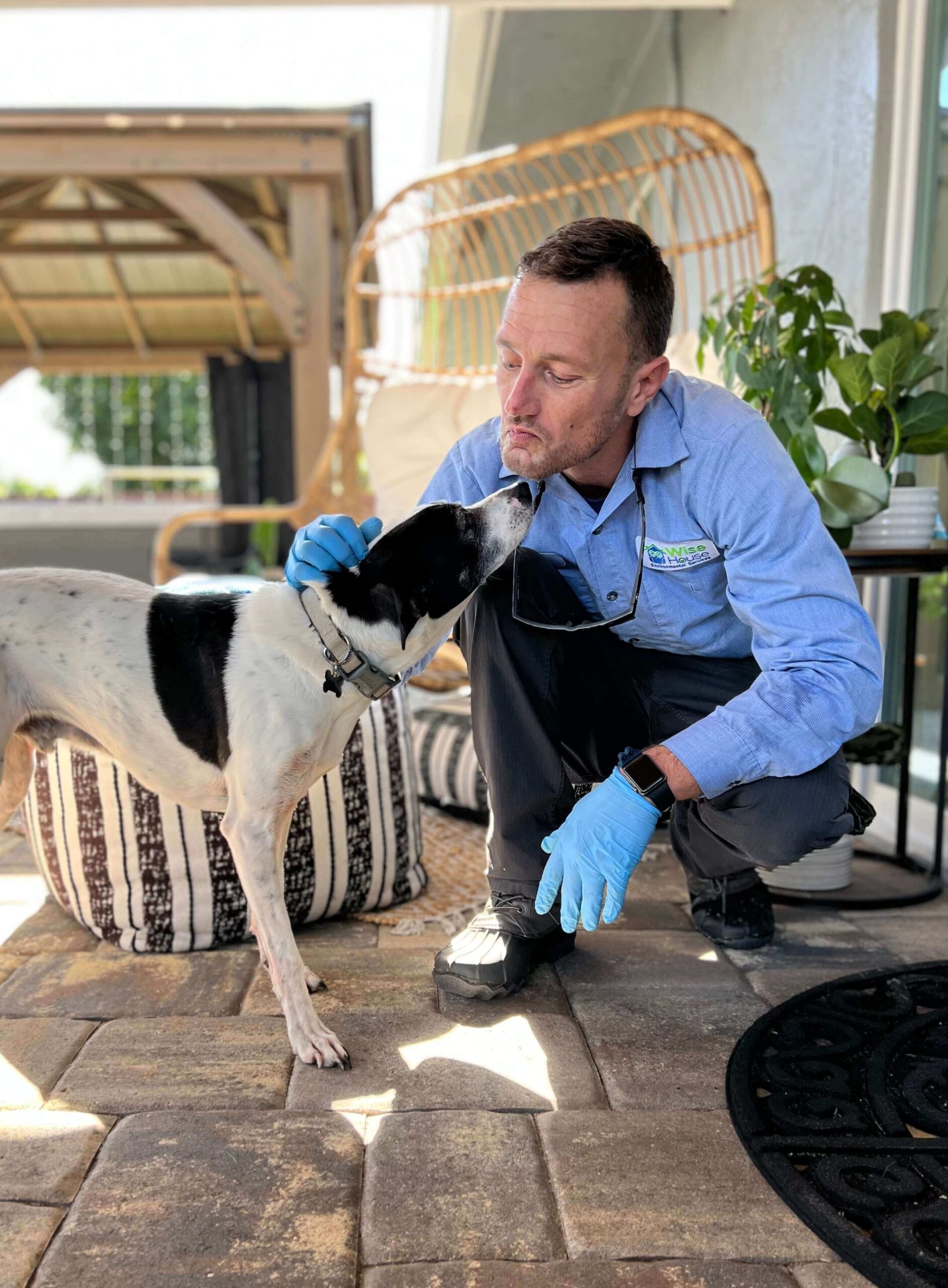
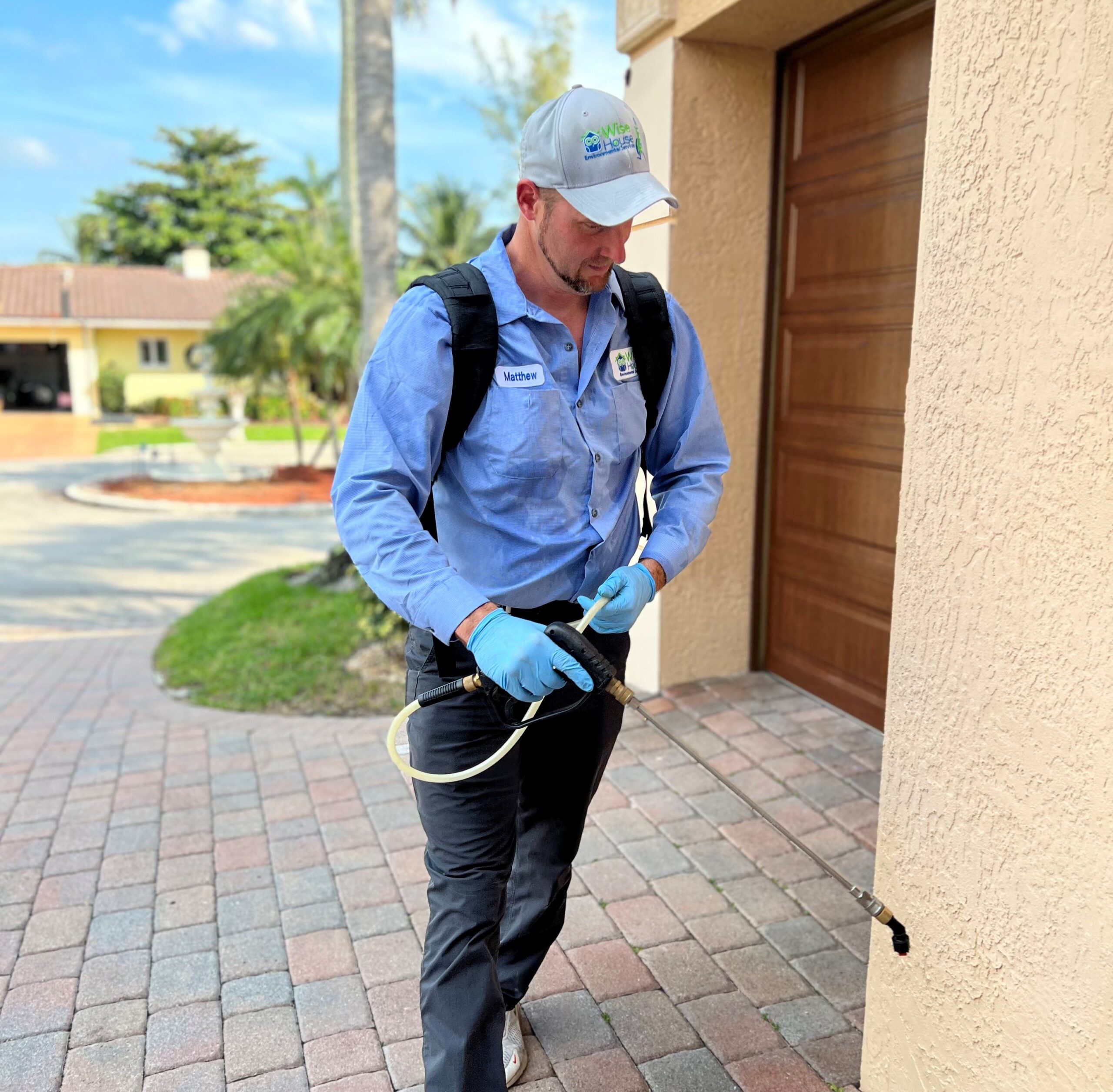
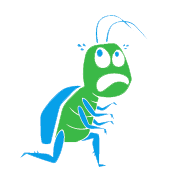
Request a Profesional Ant Quote!
Get an estimate!



